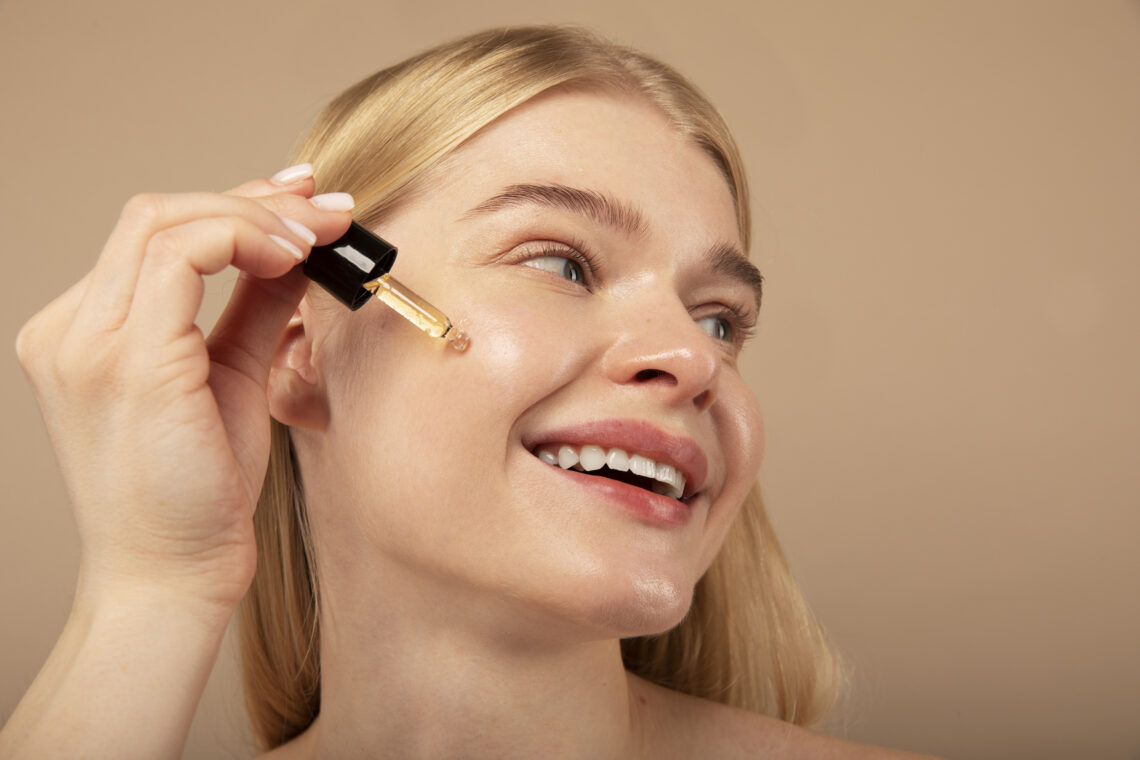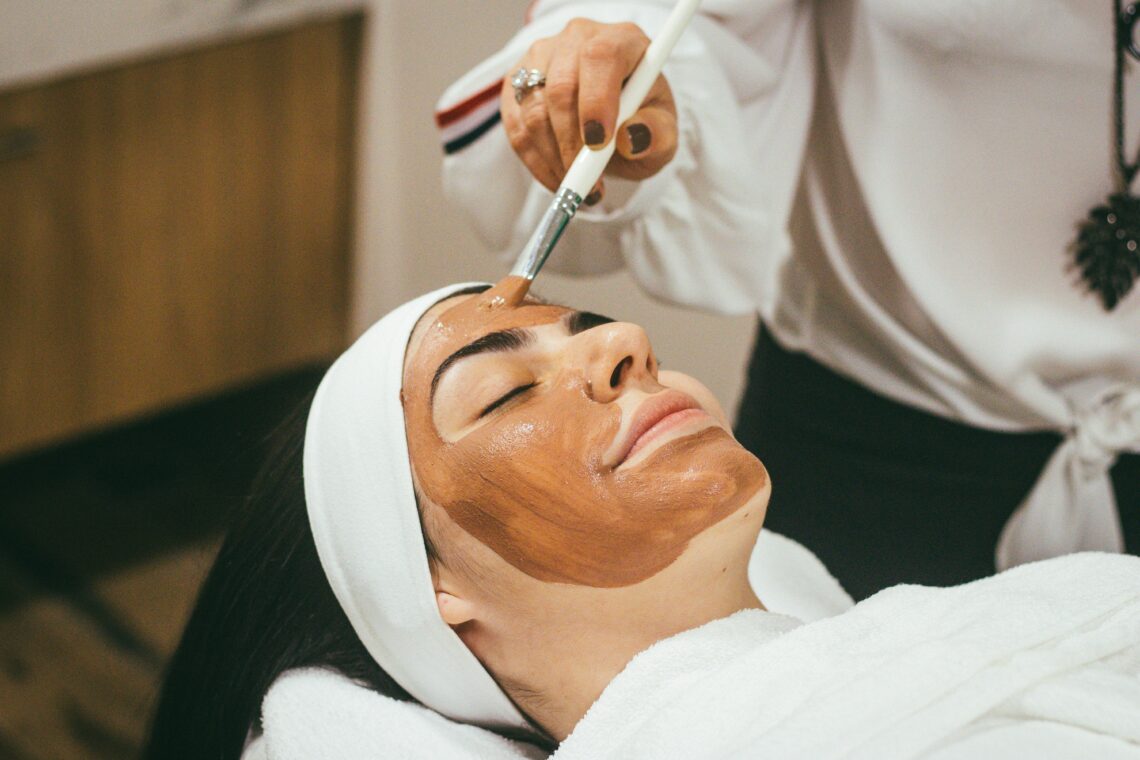Tanning exudes a healthy, vibrant look, whether from the sun or products like Skinny Tan. Understand tanning science and protect skin from UV radiation. We’ll explore safe practices and alternatives for a beautiful tan without compromising skin health.
The Science of Tanning
Tanning occurs when the skin’s pigment, called melanin, darkens in response to exposure to ultraviolet (UV) radiation. Melanin acts as a natural defense mechanism, absorbing UV rays and protecting the skin from damage. When exposed to UVB rays, the skin produces more melanin, resulting in a darker complexion. It’s important to note that excessive exposure to UV radiation can lead to sunburn, premature aging, and an increased risk of skin cancer.
Benefits of Tanning
While it is crucial to practice safe sun exposure, moderate amounts of sunlight have several health benefits. One significant advantage is the production of vitamin D in the body. Vitamin D is vital for maintaining healthy bones, supporting the immune system, and promoting overall well-being. However, it’s important to strike a balance and avoid excessive sun exposure, as vitamin D can also be obtained through diet and supplements.
Learn more about How To Get Vitamin D As Well As Benefits?
In addition to vitamin D production, many people experience an uplifted mood and increased self-confidence when sporting a tan. The sun’s warmth and the resulting tan can improve overall well-being and reduce feelings of stress and anxiety. Moreover, tanning can have therapeutic uses, such as in the treatment of certain skin conditions like psoriasis.
You may also want to know why Vitamin D The One Supplement You Need To Be Taking Now?
Risks and Side Effects of Tanning
Despite the allure of a golden tan, it is crucial to be aware of the potential risks and side effects associated with tanning. Sunburn, characterised by red, painful, and peeling skin, is a common consequence of excessive UV exposure. Sunburn not only causes discomfort but also increases the risk of skin damage and skin cancer.
Learn more about “How To Recover From Sunburn? Essential Tips For Summer“
Prolonged exposure to UV radiation can lead to premature aging, including wrinkles, fine lines, and age spots. The cumulative effects of sun damage can make the skin appear dull and leathery over time. Furthermore, unprotected exposure to UV rays can damage the eyes and increase the risk of cataracts and other eye conditions.
Safe Practices for a Perfect Skinny Tan

To enjoy the benefits of tanning while minimising the risks, it is essential to follow safe tanning practices:
- Sun protection measures: Apply a broad-spectrum sunscreen with a Sun Protection Factor (SPF) of at least 30 before going outdoors. Reapply every two hours and after swimming or sweating. Wear protective clothing, such as hats, sunglasses, and long-sleeved shirts, and seek shade during peak sun hours.
- Moderation and timing: Limit your sun exposure, especially during the hours when the UV index is highest, typically between 10 am and 4 pm. Gradually increase your time in the sun to allow your skin to adapt and avoid prolonged exposure.
- Choosing safer tanning methods: Consider sunless tanning products as an alternative to sun exposure. Self tan lotions, sprays, and mousses like Skinny Tan provide a natural-looking tan without the harmful effects of UV radiation while hydrating the skin with added moisturisers.
Tanning Misconceptions
There are several misconceptions surrounding tanning that need to be debunked for a better understanding of safe tanning practices:
- Base tan for protection: Contrary to popular belief, a base tan does not provide significant protection against sunburn. The level of protection offered by a base tan is minimal, equivalent to an SPF of around 3 or less.
- Indoor tanning as a safe alternative: Tanning beds and booths emit UVA and UVB radiation, similar to the sun. They can increase the risk of skin damage, premature aging, and skin cancer. Indoor tanning is not a safe alternative to natural sun exposure.
- Sunscreen inhibits tanning: Sunscreen does not prevent tanning; rather, it helps protect the skin from harmful UV radiation. By blocking or absorbing UV rays, sunscreen reduces the risk of sunburn and long-term damage while still allowing the skin to develop a tan.
Tanning and Different Skin Types
Different individuals have varying levels of melanin and skin sensitivity. The Fitzpatrick scale categorises skin into six types, each with its own challenges and considerations when it comes to tanning. People with fair skin (Fitzpatrick skin types I and II) are more prone to sunburn and require extra caution and protection when tanning, whereas those with darker skin (Fitzpatrick skin types V and VI) have a higher natural protection against UV radiation but are still at risk of skin damage.
Learn more about Your Skin Type & Skin Cancer here
Tanning Alternatives
If you prefer to avoid sun exposure altogether, there are alternatives to achieve a skinny tan:
- Sunless tanning options: Self tan lotions, sprays, and mousses provide a safe and effective way to obtain a tan without exposure to UV radiation. These products contain dihydroxyacetone (DHA), a colorless sugar that reacts with the proteins in the outermost layer of the skin, resulting in a temporary tan.
- Professional spray tanning: If you desire a flawless and even tan, consider visiting a professional salon for a spray tan. Experienced technicians can provide expert application and customise the color to suit your preferences.
- Tanning injections and pills: Tanning injections and pills containing canthaxanthin or melanotan are marketed as alternatives to sun exposure.
However, these methods are controversial and have potential side effects, including skin discoloration and hormonal imbalances. It is crucial to consult a healthcare professional before considering these options.
Tanning can provide a beautiful and radiant glow, but it is crucial to prioritise skin health and safety. Understand tanning science, practice safe sun exposure, and consider alternatives like Skinny Tan for a natural-looking glow. Always use sunscreen, choose the right SPF, and moisturise regularly to maintain skin’s vibrancy. With this approach, you can enjoy the benefits of tanning while keeping your skin protected and glowing.



